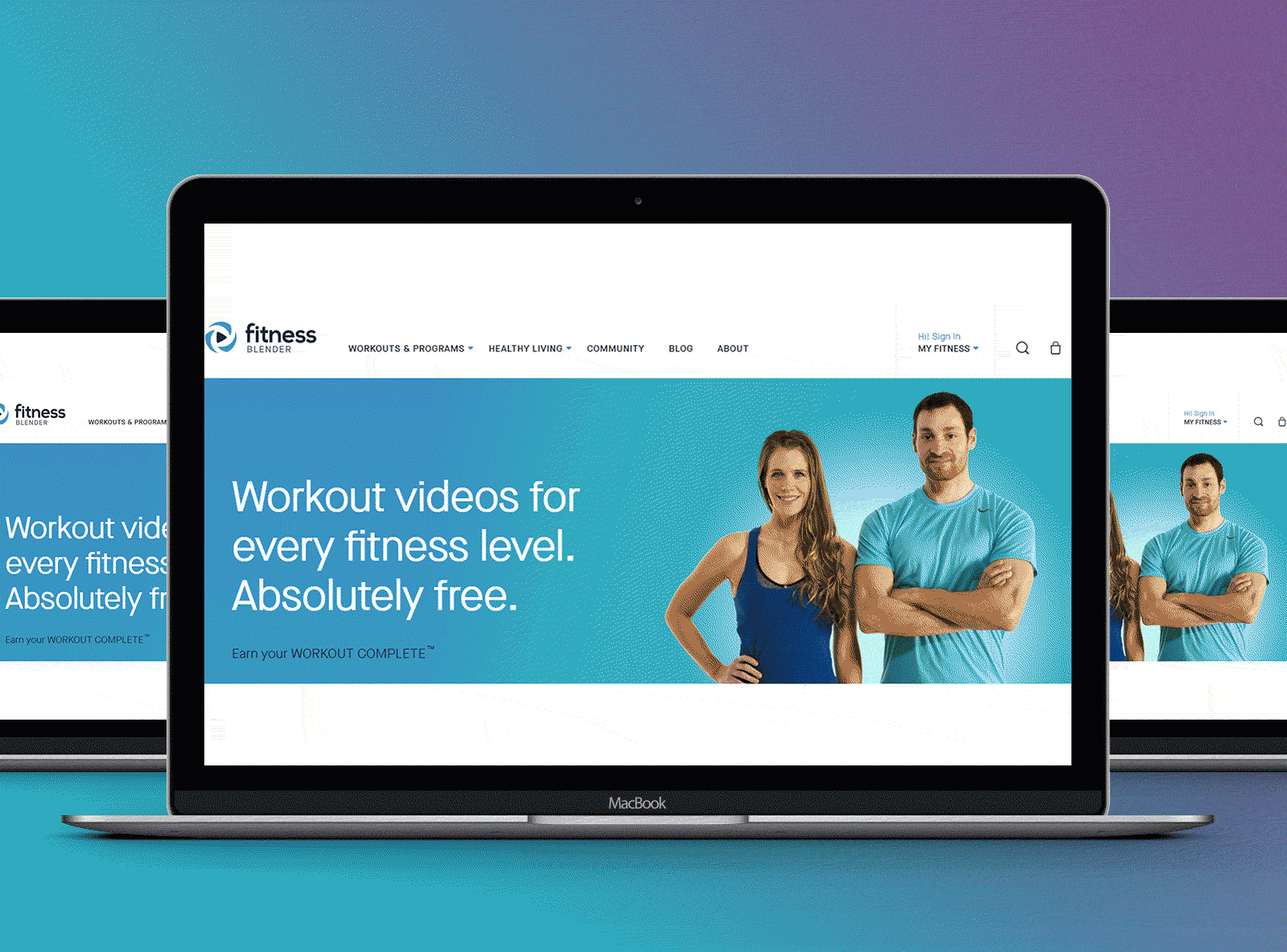Full-Service Web Design Singapore to Transform Your Online Image
Top Trends in Site Layout: What You Required to Know
Minimalism, dark mode, and mobile-first techniques are among the crucial themes forming modern style, each offering distinct advantages in user interaction and capability. Furthermore, the emphasis on accessibility and inclusivity underscores the relevance of producing electronic atmospheres that provide to all users.
Minimalist Layout Aesthetic Appeals
In the last few years, minimal style looks have arised as a leading trend in website layout, highlighting simplicity and functionality. This method focuses on necessary web content and gets rid of unneeded components, consequently boosting individual experience. By concentrating on clean lines, adequate white area, and a limited shade palette, minimal styles facilitate simpler navigation and quicker tons times, which are vital in maintaining users' focus.
Typography plays a significant duty in minimalist layout, as the option of typeface can stimulate certain feelings and guide the customer's journey with the material. The strategic use of visuals, such as high-grade pictures or subtle animations, can enhance customer interaction without frustrating the total visual.
As digital spaces remain to progress, the minimal design principle stays pertinent, accommodating a diverse audience. Organizations adopting this trend are usually regarded as contemporary and user-centric, which can dramatically influence brand name perception in a significantly open market. Ultimately, minimalist style looks provide an effective option for efficient and appealing website experiences.
Dark Setting Appeal
Welcoming a growing fad amongst individuals, dark mode has gained substantial appeal in website style and application interfaces. This style method features a mainly dark color palette, which not just enhances visual appeal yet additionally lowers eye strain, especially in low-light atmospheres. Individuals progressively appreciate the comfort that dark setting offers, bring about much longer engagement times and a more delightful browsing experience.
The adoption of dark mode is likewise driven by its regarded benefits for battery life on OLED displays, where dark pixels eat much less power. This sensible advantage, integrated with the fashionable, modern-day look that dark themes provide, has actually led lots of developers to include dark setting alternatives into their jobs.
In addition, dark setting can create a sense of depth and focus, drawing interest to crucial elements of a website or application. web design company singapore. As an outcome, brand names leveraging dark mode can boost customer communication and create a distinctive identification in a congested industry. With the trend remaining to climb, including dark mode into website design is becoming not just a choice yet a basic assumption among users, making it important for programmers and designers alike to consider this aspect in their tasks
Interactive and Immersive Components
Frequently, developers are including interactive and immersive elements into websites to improve individual interaction and produce remarkable experiences. This fad reacts to the increasing assumption from customers for more dynamic and personalized communications. By leveraging features such as computer animations, video clips, and 3D graphics, web sites can draw users in, cultivating a much deeper link with the web content.
Interactive elements, such as quizzes, surveys, and gamified experiences, urge site visitors to actively take part instead of passively consume details. This engagement not just keeps individuals on the site much longer however likewise raises the possibility of conversions. Furthermore, immersive modern technologies like digital truth (VR) and enhanced truth (AR) supply distinct possibilities for companies to showcase items and solutions in an extra compelling fashion.
The incorporation of micro-interactions-- tiny, subtle animations that react to user activities-- also plays an essential function in improving functionality. These communications provide comments, boost navigation, and create a feeling of satisfaction upon conclusion of tasks. As the digital landscape remains to advance, using interactive and immersive elements will certainly continue to be a substantial focus for designers intending to create interesting and efficient online experiences.
Mobile-First Strategy
As the occurrence of mobile gadgets remains to rise, taking on a mobile-first approach has actually come to be important for web designers intending to optimize user experience. This method emphasizes creating for mobile tools before scaling approximately bigger displays, making sure that the core functionality and content are accessible on one of the most generally used system.
One of the primary advantages of a mobile-first technique is enhanced efficiency. By concentrating on mobile design, internet sites are streamlined, minimizing lots times and enhancing navigating. This is particularly essential as users expect rapid and receptive experiences on their smart devices and tablet computers.

Access and Inclusivity
In today's digital landscape, guaranteeing that web sites come and comprehensive is not just a finest method but an essential requirement for getting to a diverse target market. As the net continues to work as a primary means of interaction and business, it is vital to recognize the different demands of users, consisting of those with handicaps.
To the original source accomplish true ease of access, internet designers must stick to established standards, such as the Internet Web Content Accessibility Guidelines (WCAG) These guidelines emphasize the value of giving text options for non-text material, making sure keyboard navigability, and maintaining a sensible content structure. Comprehensive layout techniques extend past conformity; they include producing an individual experience that fits different capacities and choices.
Including attributes such as adjustable message sizes, color contrast choices, and screen visitor compatibility not just improves functionality for individuals with handicaps however also improves the experience for all customers. Ultimately, prioritizing access and inclusivity fosters a much more fair digital setting, motivating more comprehensive participation and involvement. As services progressively acknowledge the moral and economic imperatives of inclusivity, integrating these principles into website design will come to be a crucial element of effective online strategies.
Conclusion
